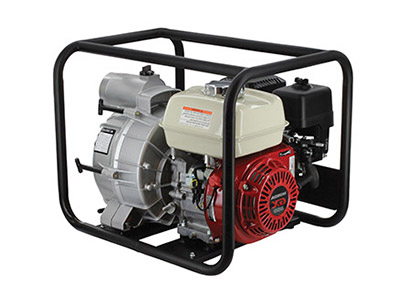polyaluminum chloride solution
Polyaluminum chloride (PAC) solution is a widely used chemical in various industries, particularly in water treatment processes. It is a type of aluminum compound that serves as a coagulant, effectively removing suspended particles, impurities, and organic materials from water. The significance of PAC solution lies in its ability to enhance water clarity and quality, making it an essential component in both drinking water and wastewater treatment plants.
The chemical structure of PAC enables it to operate efficiently at varying pH levels, which is critical for coagulation processes. When PAC is added to water, it hydrolyzes to form aluminum hydroxides, which bind with impurities and suspended particles. This aggregation forms larger flocs that can be easily removed through sedimentation or filtration. The use of PAC is particularly advantageous when compared to traditional coagulants such as aluminum sulfate, as it can achieve better results at lower dosages.
One of the key benefits of using PAC solution is its versatility. It is suitable for treating water from various sources—ranging from surface water and groundwater to industrial effluents. Additionally, PAC demonstrates a high tolerance for different water characteristics, such as turbidity and organic content. This versatility allows for its use in diverse applications, including municipalities, paper manufacturing, and textile industries.
polyaluminum chloride solution

Furthermore, PAC is known for its rapid coagulation action, which significantly reduces the time required for floc formation compared to other coagulants. This efficiency can lead to lower operating costs for water treatment facilities, enabling them to process larger volumes of water in a shorter duration. In regions facing water scarcity, this efficient treatment process is especially crucial.
The safety profile of PAC is another advantage, as it is less toxic than many other chemical coagulants. When properly managed, PAC poses minimal risk to human health and the environment. This aspect makes it a preferable choice in drinking water treatment, where ensuring safety and compliance with regulatory standards is paramount.
In conclusion, polyaluminum chloride solution plays a vital role in modern water treatment practices. Its chemical properties allow for effective coagulation and flocculation, resulting in clean and safe water. As global water quality challenges continue to rise, the importance of efficient and safe treatment methods like PAC will only increase, highlighting the need for continued research and innovation in this field. As industries seek more sustainable and effective solutions, PAC stands out as a reliable component in the quest for improved water management and environmental health.
-
Water Treatment with Flocculant Water TreatmentNewsJun.12,2025
-
Polymaleic AnhydrideNewsJun.12,2025
-
Polyaspartic AcidNewsJun.12,2025
-
Enhance Industrial Processes with IsothiazolinonesNewsJun.12,2025
-
Enhance Industrial Processes with PBTCA SolutionsNewsJun.12,2025
-
Dodecyldimethylbenzylammonium Chloride SolutionsNewsJun.12,2025





